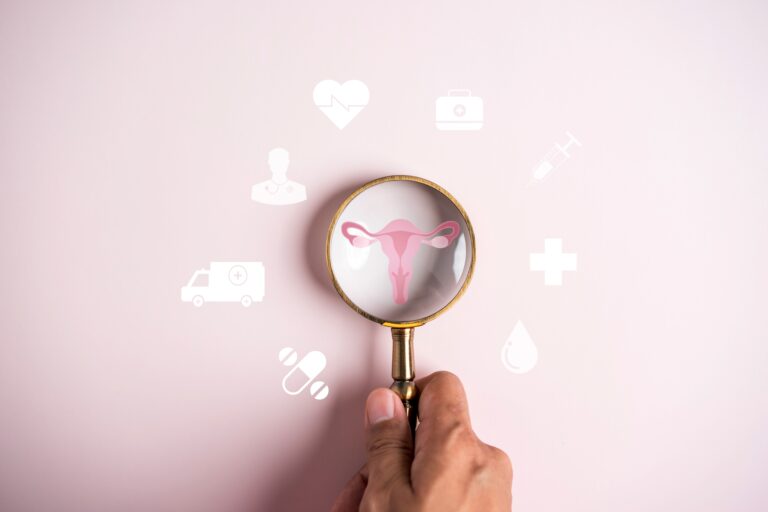
Worcestershire Royal Hospital – CQC report results in maternity unit downgrade
Sadly, a recent report by the Care and Quality Commission (CQC) into Worcestershire Royal Hospital Maternity unit has led to the unit being downgraded from ‘good’ to ‘requires improvement’.
The unannounced CQC investigation took place after whistleblowers contacted the regulator directly in 2020. Concerns raised were in relation to unsafe staffing levels, which had been reported internally but which the whisteblowers felt had not been acted upon by managers.
Issues identified in the CQC report
A variety of issues at Worcestershire Royal Hospital maternity unit were identified by the regulators:
- Only half the required number of midwives were on shift during the inspection. Midwives reported being frequently moved within the department.
- Staff on the unit did not feel ‘respected, supported and valued’ by all managers. As a result of continuous short-staffing, morale was low.
- Staff of all disciplines continually and unanimously reported escalating concerns to senior staff about the staffing levels but no response was received
- There was lack of an open culture where staff could raise concerns without fear
- Staff were not up to date with training and risk assessments were not always properly completed
- Some incidents were wrongly graded as low harm e.g. full term babies requiring transfer to the neonatal unit or specialist care. This means some care issues may not have been properly investigated and that women may not be properly informed of the harm caused to them or their babies.
- Women were having to wait too long for inductions, with some women waiting up to a week instead of one or two days
- Due to pressures on midwives, they did not always have time to report incidents while some staff said they had stopped doing so because they received no feedback
- Staff did not report all safety incidents and near misses. Staff did not always have time to check emails and find updated incident information.
- Risks to women were not always identified appropriately. Staff did not always complete and update risk assessments for each woman or act to remove or minimise risk. Staff did not always identify and act quickly when women were at risk of deterioration.
Continuity of Carer Model – issues with the new model?
Some issues were linked to the introduction of a new model of care for women known as ‘continuity of carer’. This means women see the same midwife throughout their pregnancy, with those midwives on call when they go into labour. This model is being rolled out by NHS England to hospitals across England. All women are supposed to be offered the service by 2023.
In order to create the required dedicated teams to roll this model out, midwives were pulled from the core staff. This left the hospital unit without enough specially trained staff, meaning that women on the wards had fewer midwives to care for them. At Worcestershire Royal Hospital there were shortages of five or six midwives per shift. Managers admitted in the CQC report that at times the service was unable to match the severity of patients’ needs.
The CQC report found that as a result of the problems caused by this model, higher risk women were being pushed to the bottom of the priority list. The Independent exclusively reported that whistleblowers also say that women with a continuity midwife tended to be lower risk and were jumping up the priority list for delivery because their midwife was available straight away. Women with high risk pregnancies, in contrast, experienced long delays to give birth after being induced, in some cases up to five days. Women who needed urgent caesarean sections were also made to wait while women with a planned caesarean section were seen first.
What more should be done?
I have been following the NHS maternity scandal and it is horrifying and saddening to see the same issues being reported time and time again. Every few months another Trust makes the headlines for the same issues and concerns. Clearly there are deep rooted issues that the NHS must address at national level.
In recent years, there have been similar scandals at Basildon University Hospital Maternity Unit, Nottingham University Hospitals NHS Trust, East Kent Hospitals, Cwm Taf Morgannwg Health Board and even a criminal inquiry launched into Shrewsbury and Telford Hospital NHS Trust’s maternity scandal.
The Royal College of Midwives has warned the NHS that thousands more midwives are needed to ensure services are safer. NHS England recently announced a near £100m investment in maternity staffing, but the Royal College of Midwives shared its concerns that this did not go far enough as the NHS is already short of 2,000 midwives. It is vital that this understaffing is addressed urgently to ensure staffing levels are adequate so that safe services can be provided. This seems to be particularly important in relation to the new continuity of carer policy, which seems a great idea in theory but requires huge numbers of midwives and resources to achieve its aims.
It is clear that there is also something fundamentally wrong with the staff culture. Staff concerns about staffing levels were clearly legitimate at Worcestershire Royal Hospital and were not properly listened to or addressed. Whistleblowers managed to capture the attention of the CQC to intervene, but the Trust’s managers should have already been taking concerns on board and acting appropriately to resolve these legitimate issues.
Change cannot come quickly enough in the NHS maternity sector. It is so important that women and babies are provided with safe care during pregnancy and birth. The issues identified above can lead to real-life tragedies such as avoidable deaths and avoidable devastating, life-changing injuries. Any family impacted by the findings of this report deserves answers and urgent change is needed to NHS culture and the standard of care to protect women and babies during pregnancy and childbirth.










